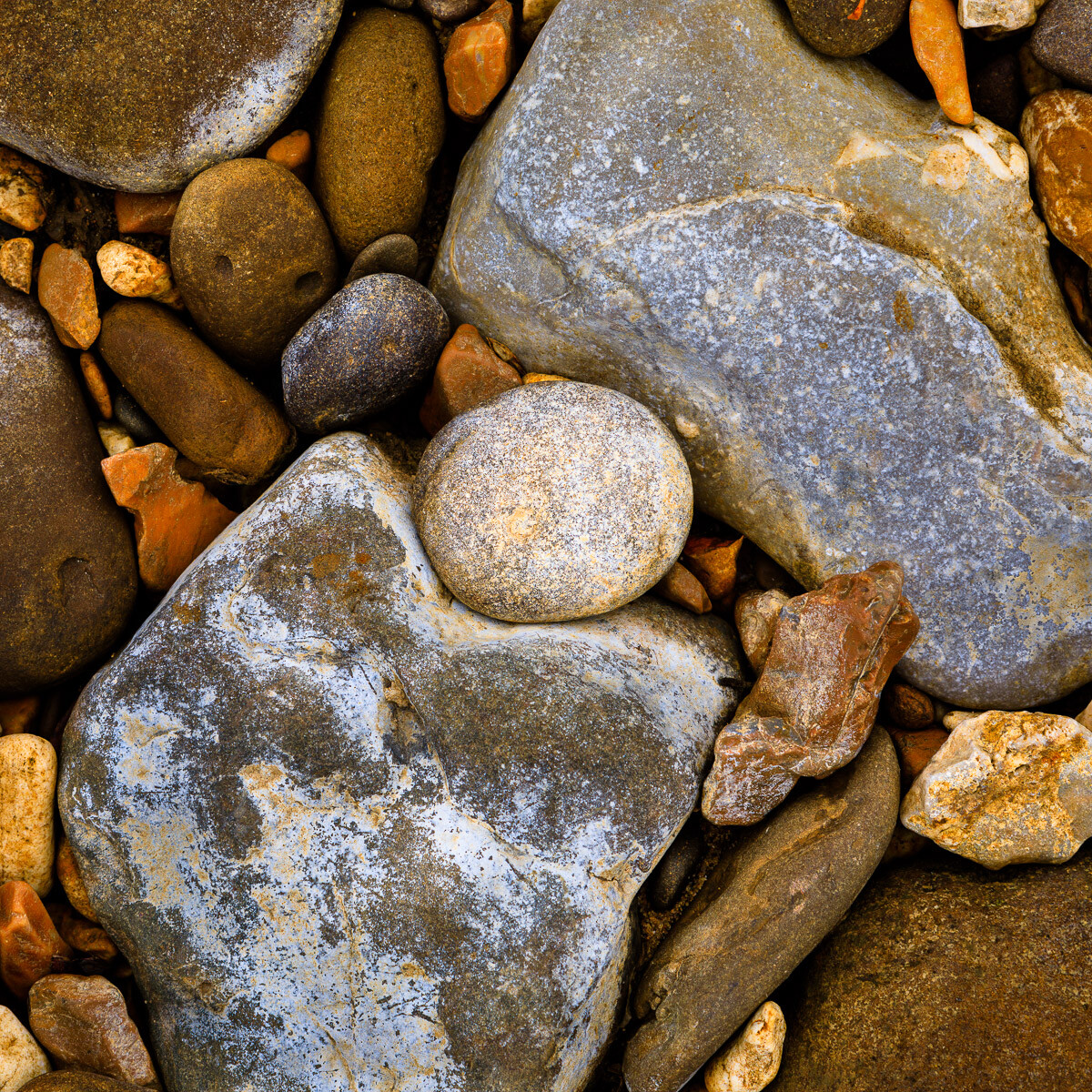
January 2022. The Tyler Bend area of the Buffalo National River. What memories I have of that trip. The conditions were brutal. Snow still covered the ground from a recent winter weather event. The temperature that morning was reportedly seven degrees, but I think that was a bit on the high side. I’m convinced the temperature was actually below zero. It sure felt like it, and there was no wind! In fact, it was so cold that I experienced something I never had before — the screen on my phone stopped working. I had to put it in the inside pocket of my coat and let it warm up before it was usable again. Despite the cold, I still captured a couple of amazing images.
But, that trip seems like such a long time ago now, and I felt another visit was in order. So, a few weeks ago, I returned to the area. Fortunately, the weather conditions were much improved from my previous trip, and the river was down, which gave me the opportunity to get to some places I hadn’t been able to go previously.
One of my stops was an area known as Grinders Ferry, which is an access point for people floating the river. Making my way along the river bank, I began to notice the rocks I was walking on and the patterns they created. I quickly realized there was an image to be made here. I just had to find the right composition.
I continued walking albeit much more slowly. I would walk five or six feet, stop, and do a 360 degree turn to see if anything caught my attention. When something struck me, I would view it through my camera to assess the composition. I continued this process for several minutes until I spied this little scene. What struck me was how a small, almost spherical rock fit into the space between two larger flat rocks that appeared to have been carved out specifically to hold that rock. It was like pieces of a jigsaw puzzle that fit perfectly with each other.
I set up the tripod and camera and then spent several minutes composing the image to show how the rocks fit together so perfectly. Because the rocks were pretty loose underfoot, I had to be very careful as I positioned the camera to not dislodge any of the rocks in the frame.
Viewing the scene on the back of my camera using the 3:2 native aspect ratio, I realized that the subjects of the photograph, the two large flat rocks and the small spherical rock, were getting lost in a sea of other rocks. Switching the aspect ratio to 1:1, or square, quickly addressed this concern.
I then turned my attention to exposure settings. I selected a medium aperture of f/11 to ensure enough depth of field to maintain sharpness throughout the frame. Increasing the exposure by 2/3 of a stop, the shutter speed was 1/8 of a second, which was fine since the rocks weren’t moving. With composition framed and the settings dialed in, I pressed the shutter button and captured the image.
The most important factor in processing this image was enhancing the contrast to separate the subject rocks from the background, so I spent a good deal of time working with Lightroom’s tone curve to do that. When I was framing the scene, I could discern some faint colors in the face of the rocks, so my next step was to bring those out just a bit. I had to be careful with the color adjustments because I wanted the subtle colors to embellish the image, not become the subject. Finally, I left the square crop I had shot the image in but tightened it up a little further ending up with this final photograph.
A quick note on the aspect ratio feature: The Canon 5D Mk IV, which is what I use, has a feature that allows me to select one of four aspect ratios — 3:2 (its native ratio), 4:3, 16:9, or 1:1. When I select an aspect ratio other than 3:2, the Canon 5D Mk IV still records all 30 megapixels captured by the sensor. This allows me to make adjustments or revert to the original 3:2 aspect ratio later in post processing if I choose and provides amazing flexibility. However, not all cameras provide this feature. Even worse, some cameras (Nikon z7 II, for example) provide the function but actually crop the image in-camera and remove the excess pixels permanently even if shooting in the Raw format. If your camera has this feature and you want to use it, it is absolutely imperative to read the manual and understand exactly how the function operates.